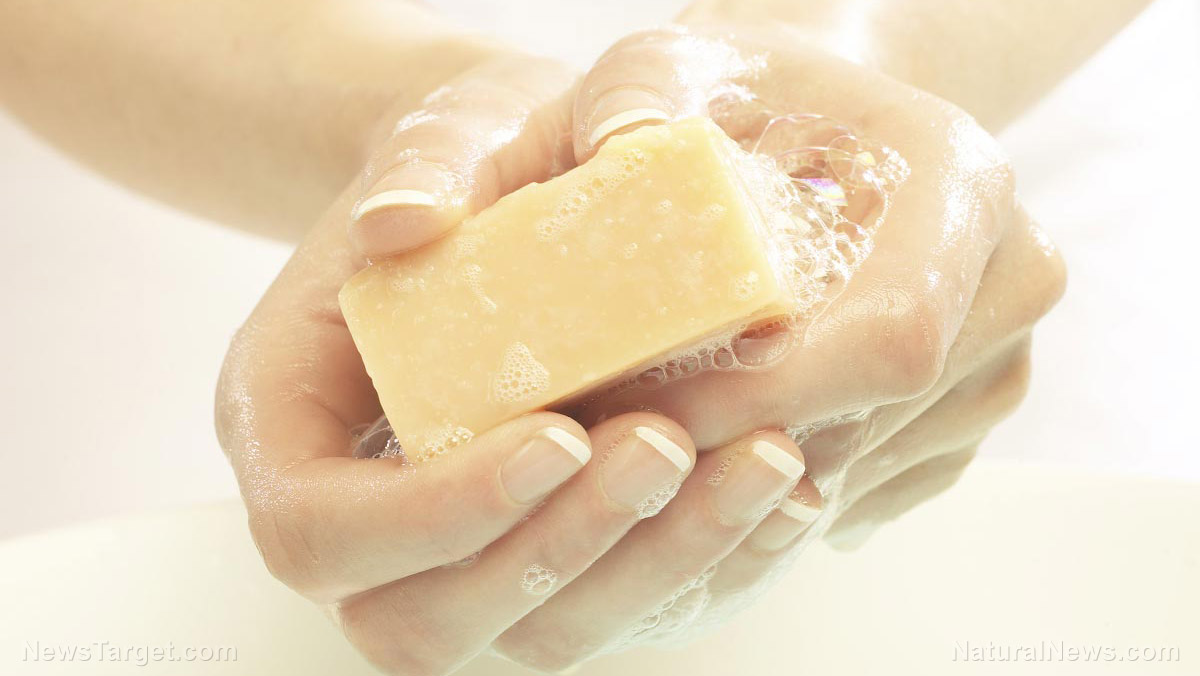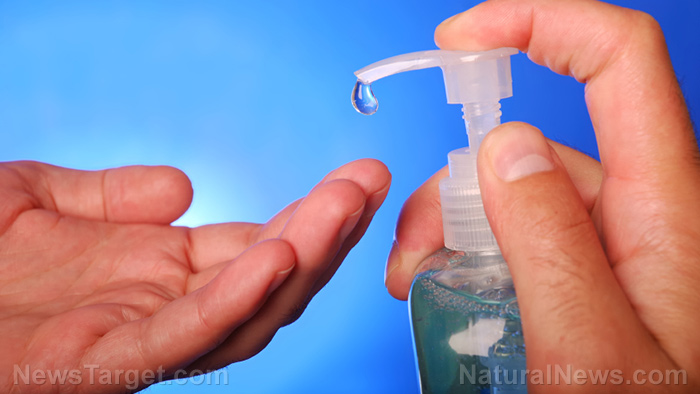
The findings, which have been published in the Journal of Antimicrobial Chemotherapy, focused on the phenomenon of cross-resistance: wherein the quinolone-resistant mutation in these bacteria triggered self-defense mechanisms that worked together to make the bacteria resistant to triclosan.
Quinolones are a group of drugs that kill by bacteria by preventing them from unwinding their DNA. When bacteria can't unwind their DNA, they're unable to replicate themselves. However, certain bacteria can become resistant to quinolones by making it more difficult for them to halt the replication process. This in turn, the researchers wrote in their study, turned on the triclosan-resistant self-defense mechanisms.
This resistance to quinolones and triclosan was first uncovered during tests on Salmonella; however, lab test conducted by the researchers showed that Escherichia coli could display the same resistance.
“We think that bacteria are tricked into thinking they are always under attack and are then primed to deal with other threats, including triclosan,” explained Dr. Mark Webber, lead author and honorary senior lecturer at the University of Birmingham.
“The link between quinolone and triclosan resistance is important as triclosan has become ubiquitous in the environment and even human tissues in the last 20 years,” added co-author Laura Paddock. “Given the prevalence of triclosan and other antimicrobials in the environment, a greater understanding of the impact they can have on bacteria and how exposure to these antimicrobials may impact the selection and spread of clinically relevant antibiotic resistance is needed.”
Webber also expressed concerns that triclosan resistance might worsen over time, stating: “The worry is that this might happen in reverse and triclosan exposure might encourage growth of antibiotic resistant strains.”
However, the researchers noted that they observed no such event occurring during their study. They acknowledged that more research would be necessary to see whether or not triclosan could cause bacteria to become resistant to other antibacterial ingredients.
The truth on triclosan
Triclosan is an antibacterial compound that was first introduced in 1972 into hospitals. Since then, it has become a common addition into personal care items like antibacterial soaps, deodorants, and toothpastes; it can also be found in furniture, toys, and even clothing. The prevalence and popularity of triclosan can be attributed to the widespread belief that antibacterial products are the ideal safeguards against harmful bacteria.
However, recent studies have shown that triclosan does more harm than good. In their article discussing triclosan, BeyondPesticides.org listen numerous detrimental health and environmental effects that can result from triclosan exposure. These included skin irritation, endocrine disruption, water contamination, and, as was discussed previously, antibiotic resistance. (Related: Triclosan - Why we need to avoid this antibacterial chemical)
The multiple health hazards, coupled with the lack of evidence on the efficacy of triclosan, caused the U.S. Food and Drug Administration (FDA) to ban the use of the ingredient in antibacterial soaps and body washes on Sep. 2, 2016.
In the organization's press release, Janet Woodcock, director of the Center for Drug Evaluation and Research (CEDR), stated: “Consumers may think antibacterial washes are more effective at preventing the spread of germs, but we have no scientific evidence that they are any better than plain soap and water. In fact, some data suggests that antibacterial ingredients may do more harm than good over the long-term.”
The European Union (EU) has banned triclosan as well.
Despite these bans, there are still antimicrobial and antibacterial products that use triclosan as an ingredient.
To keep an eye on triclosan and other harmful chemicals, simply visit Chemicals.news today
Sources include:
Please contact us for more information.



















